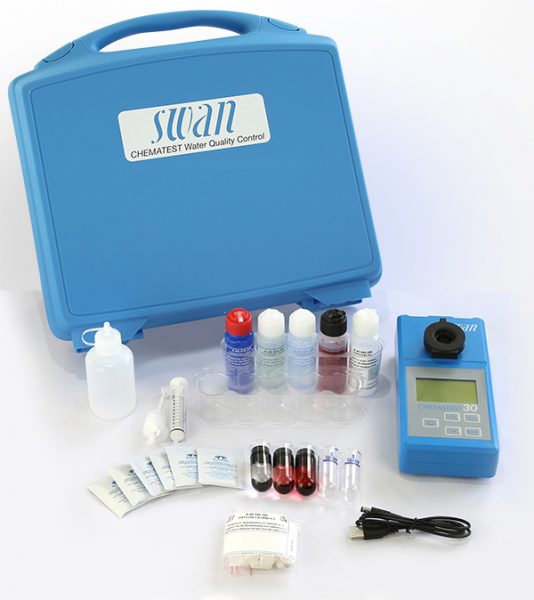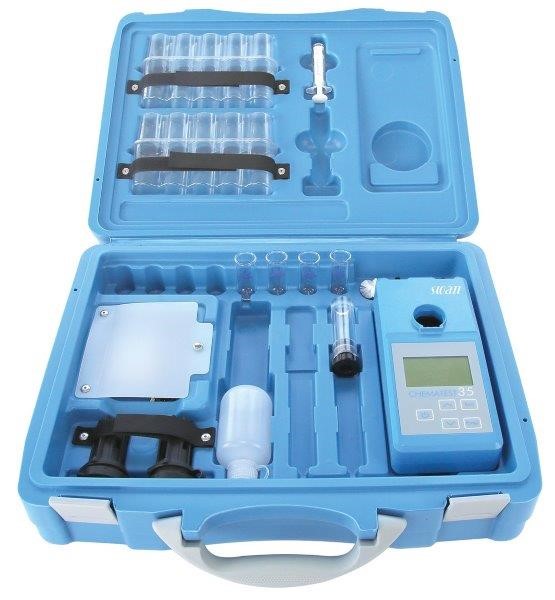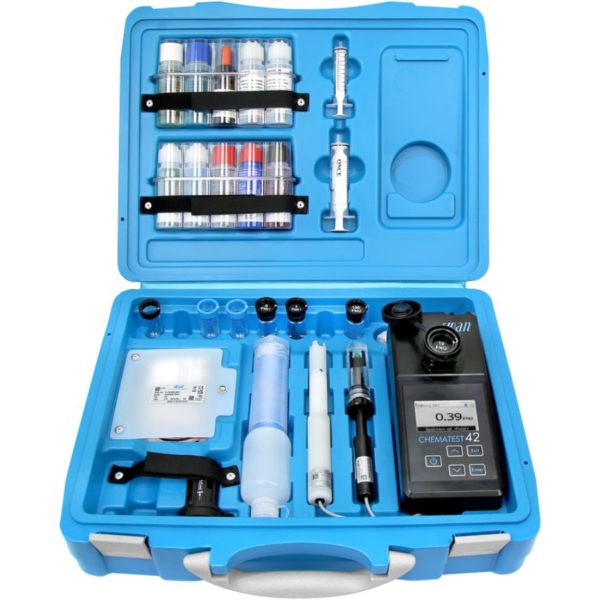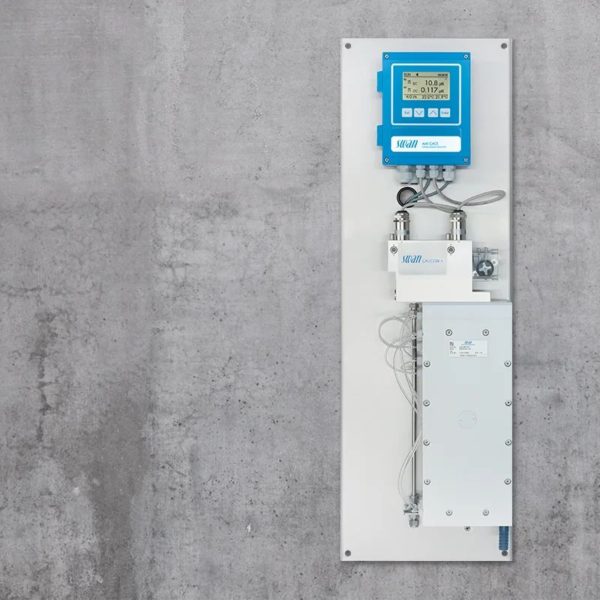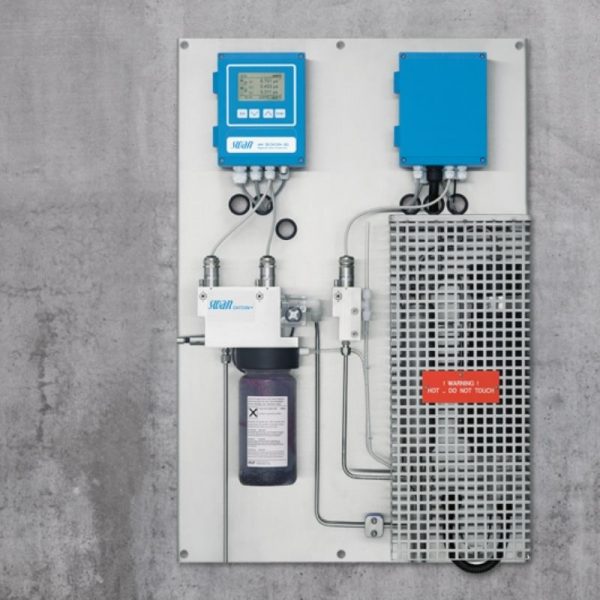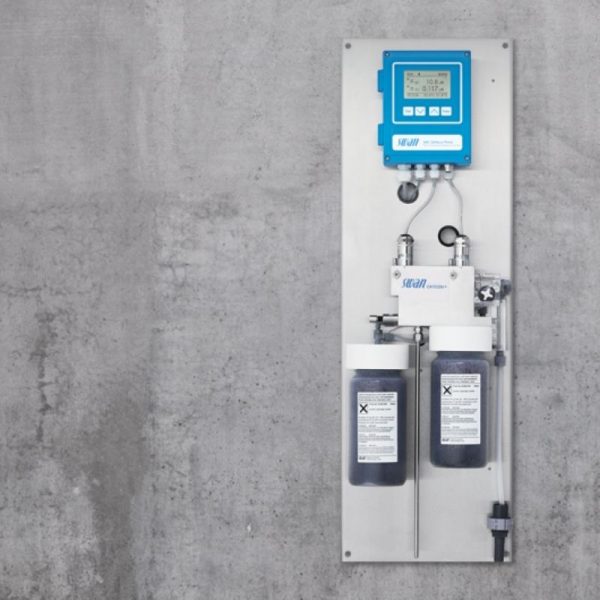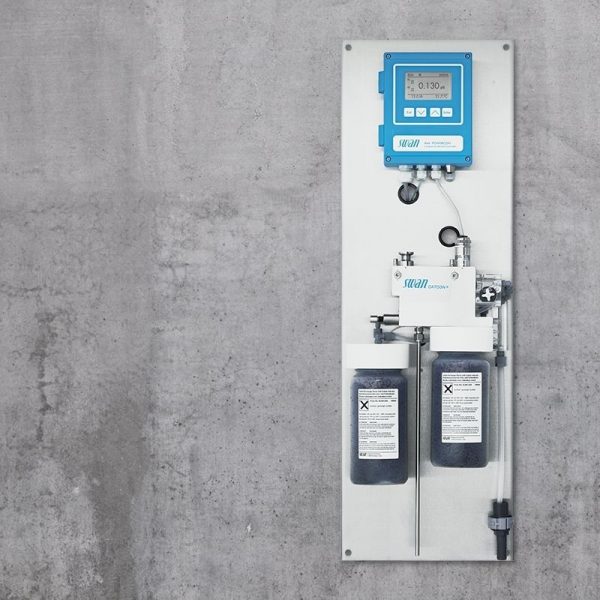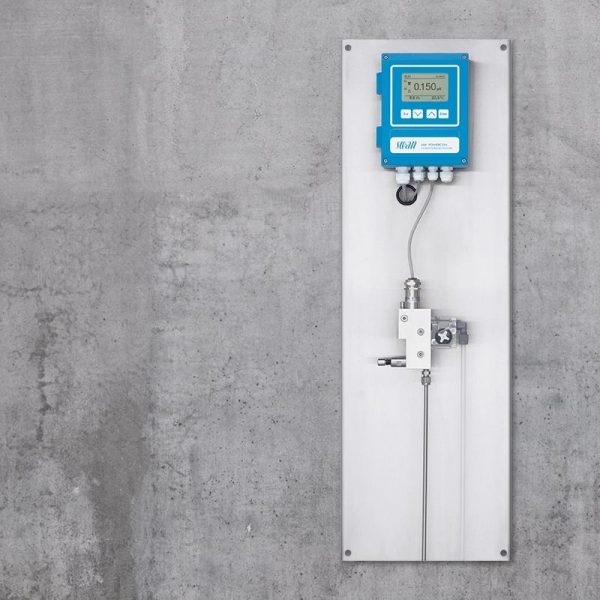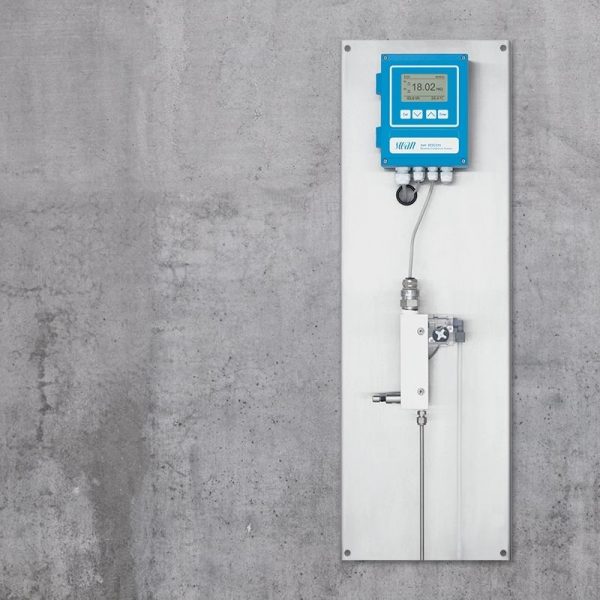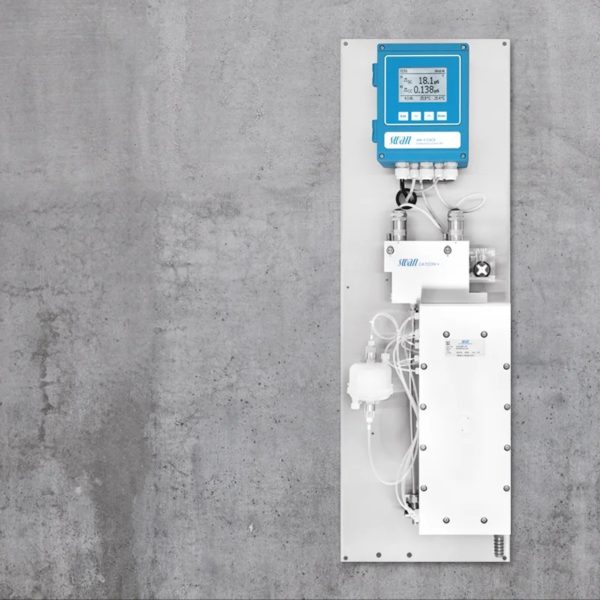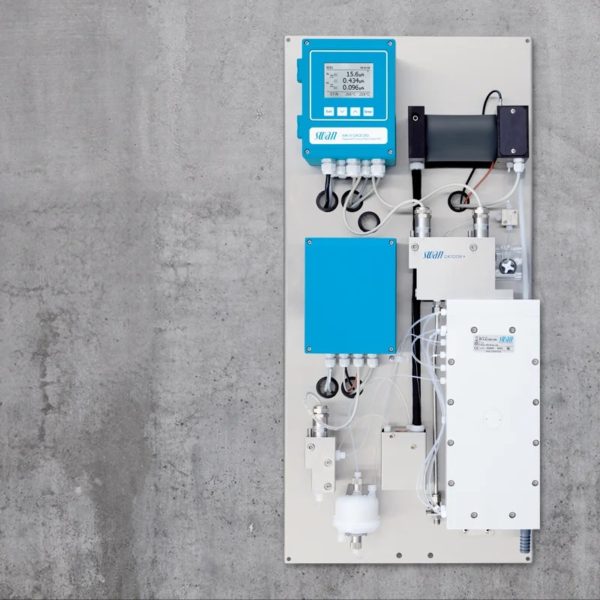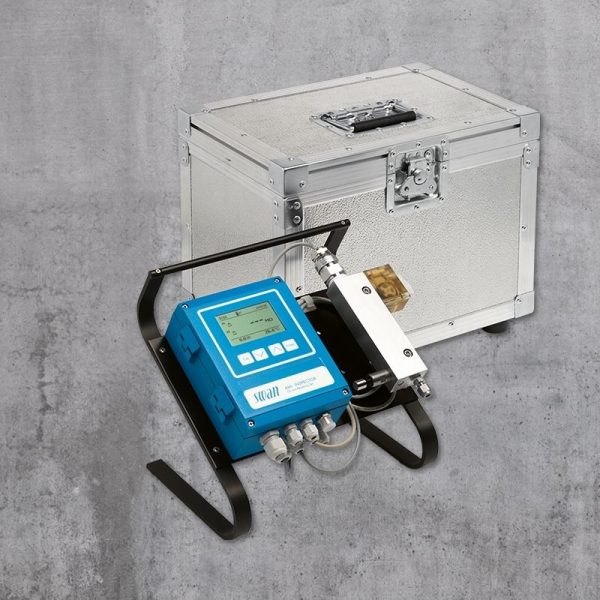What is Conductivity?
Water conductivity refers to the ability of water to conduct electric current, which is determined by the presence of dissolved ions such as salts, minerals, and other charged particles. The higher the concentration of these ions, the greater the conductivity. This property is a key indicator of water quality and is widely used across various industries and applications.
In water steam cycles, for instance, conductivity is a critical parameter monitored to ensure the efficient and safe operation of power generation systems. Using a conductivity analyser, operators can measure and control ion concentrations to prevent issues like corrosion and scaling, which can compromise system performance and longevity.
Beyond industrial applications, water conductivity is also essential in environmental monitoring, where it helps assess the health of natural water bodies, and in water treatment processes, where it ensures compliance with purity standards. Whether in power plants, laboratories, or environmental studies, the use of a conductivity analyser provides accurate and reliable measurements, making it an indispensable tool for understanding and managing water quality.
Water Conductivity Analysis
Monitoring the conductivity of water is a critical aspect of assessing and ensuring water quality across various applications, from environmental health to industrial processes. Conductivity, which measures water’s ability to conduct electrical current, is influenced by the presence of dissolved ions such as sodium, chloride, magnesium, and calcium. Pure water has very low conductivity, but the presence of these ions increases it, making conductivity a valuable indicator of water purity and ion concentration. For instance, in environmental monitoring, changes in a water body’s conductivity can signal pollution or alterations in the ecosystem. In industrial settings, particularly in water steam cycles crucial for power generation, maintaining specific conductivity levels is essential to prevent corrosion and scaling, which can impair efficiency and equipment lifespan. Similarly, in water treatment processes, including reverse osmosis, monitoring conductivity helps in evaluating the effectiveness of contaminant removal and ensuring the water meets the required standards. Thus, the continuous measurement of water conductivity serves as a fundamental tool for managing water quality, safeguarding infrastructure, and protecting ecological and human health.
Conductivity Analyser resources
- Influence of Temperature on Electrical Conductivity of Diluted Aqueous Solutions
- Information on Conductivity after Cation Exchange (also known as CACE) Analysers
Online Conductivity Analysers


